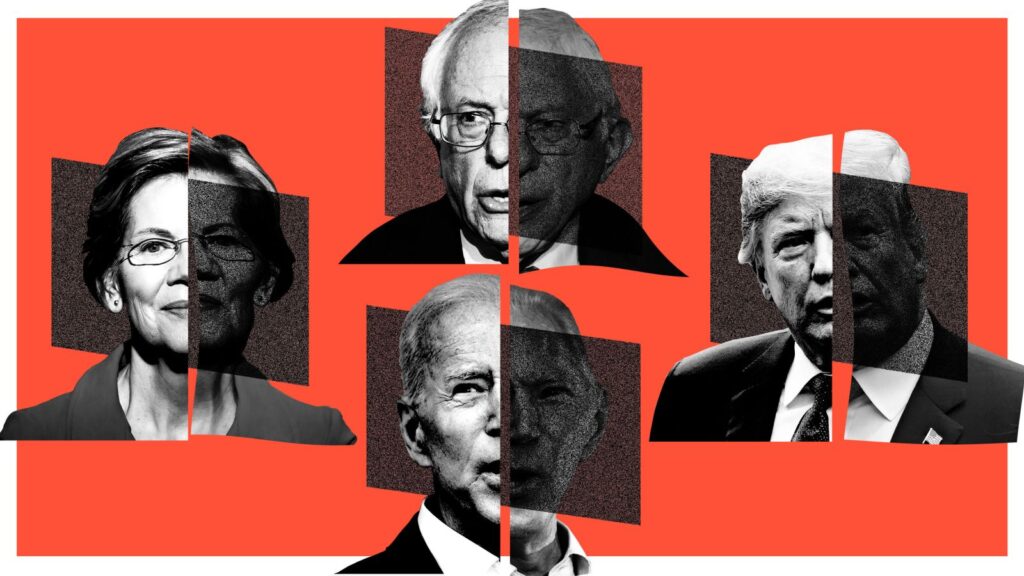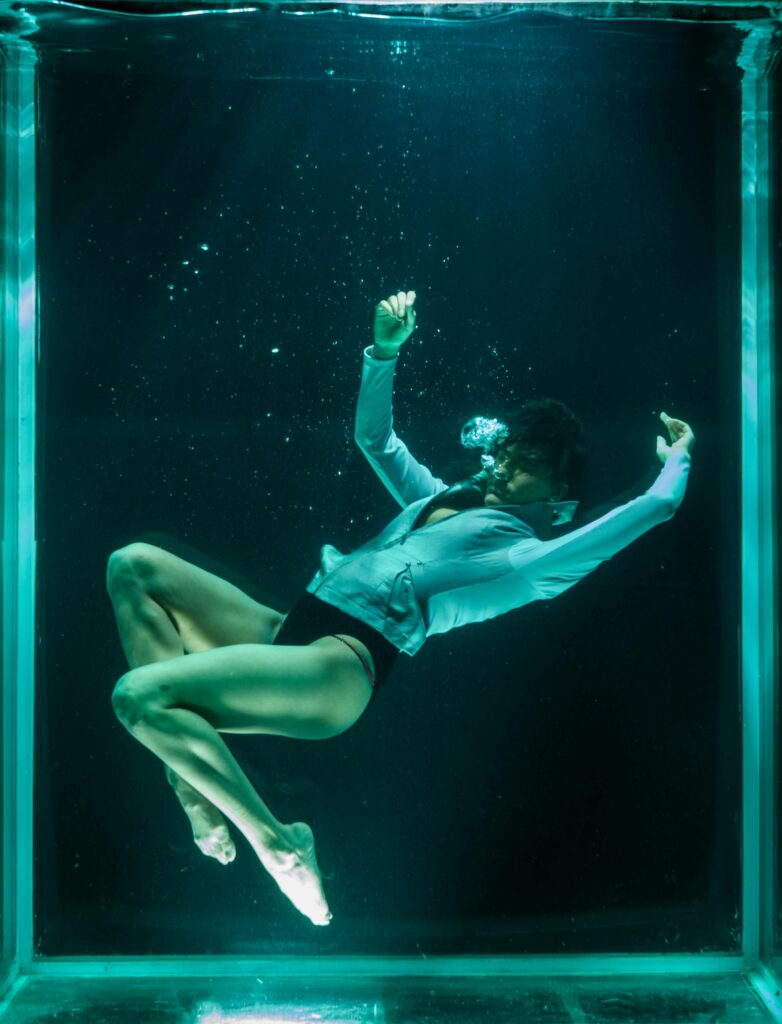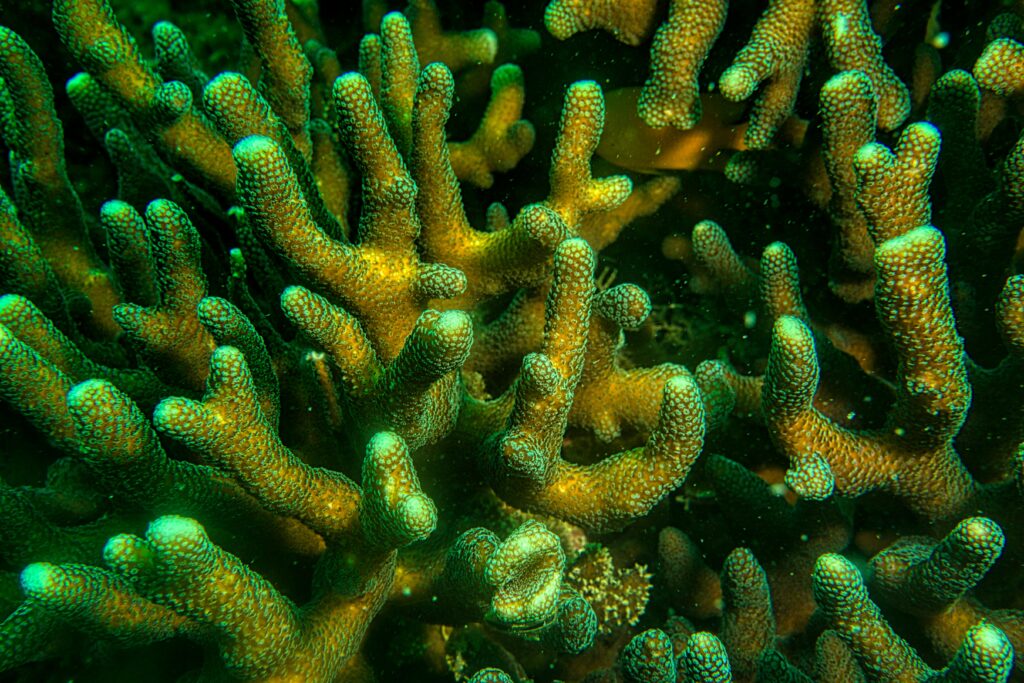Introduction
In 2024, a fake audio clip of a world leader declaring war went viral, sparking panic. By the time it was debunked, the damage was done. This is the terrifying power of AI-powered deepfakes—hyper-realistic fake videos, audio, and images generated by artificial intelligence.
As we approach 2025, deepfake technology is advancing faster than regulations can keep up, becoming a major threat to elections, social media trust, and global security. In this article, we explore:
✔ How deepfakes are disrupting democracy
✔ The scary rise of AI-powered misinformation
✔ How to spot deepfakes before they fool you
✔ Can we stop them, or is it too late?

1. Deepfakes in Elections: A New Era of Disinformation
🗳️ Fake Political Endorsements & Manipulated Speeches
- AI-generated fake speeches of candidates saying things they never said.
- Cloned voices used to spread false election information.
- Example: In 2024, a deepfake video of a U.S. senator “admitting” to corruption trended on X (Twitter), swaying polls before being debunked.
🌍 Global Election Interference
- Foreign actors use deepfakes to sow chaos in democracies.
- AI-generated fake protest footage incites violence.
- Governments struggle to legislate fast enough to combat this.

2. Social Media’s Deepfake Crisis
📱 Viral Hoaxes & Reputation Destruction
- Celebrities and journalists are deepfaked into fake scandals.
- “Cheapfakes” (low-effort AI edits) spread faster than fact-checkers can respond.
- Example: A fake Elon Musk livestream promoted a crypto scam, stealing millions.
🤖 Bots + Deepfakes = Mass Manipulation
- AI-generated fake accounts with realistic profile pictures.
- Automated bots amplify deepfake content, making it trend.
- Social media platforms (Meta, TikTok, X) struggle to detect fakes at scale.

3. How to Spot a Deepfake (Before It Tricks You)
🔍 Warning Signs of AI-Generated Fakes
✅ Unnatural eye movements or blinking
✅ Mismatched lip-syncing in videos
✅ Strange shadows or lighting glitches
✅ Robotic voice tones or awkward pauses
🛡️ Tools to Detect Deepfakes
- Microsoft’s Video Authenticator
- Intel’s FakeCatcher (detects blood flow in pixels)
- Blockchain-based verification (for media provenance)

4. Can We Stop Deepfakes? Solutions & Challenges
🛑 Tech & Policy Countermeasures
- Watermarking AI content (OpenAI, Google, and Adobe are implementing this).
- Stricter laws (U.S. and EU pushing for deepfake disclosure laws).
- Social media verification badges for trusted sources.
⚠️ The Biggest Problem: Detection Lags Behind Creation
- As detection improves, so does deepfake tech—it’s an arms race.
- Open-source AI tools make deepfakes accessible to anyone.
- End-to-end encryption (like WhatsApp) makes tracking harder.
Conclusion: Are We Heading Toward a Post-Truth World?
Deepfakes are no longer science fiction—they’re here, and they’re weaponized for politics, scams, and chaos. While tech companies and governments scramble for solutions, public awareness is the first line of defense.

💡 Key Takeaways:
🔸 Verify before sharing—assume any shocking media could be fake.
🔸 Support AI transparency laws to hold creators accountable.
🔸 Use detection tools to protect yourself from scams.
Will we adapt in time, or will deepfakes erode trust in everything we see online? The answer may shape the future of democracy itself.


